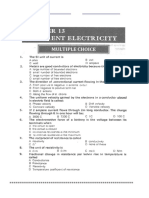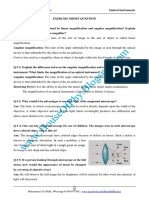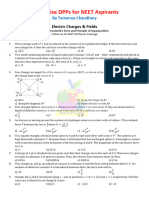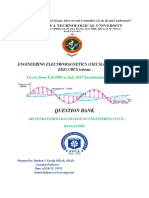63% found this document useful (8 votes)
82K views19 pages2nd Year Physics Numerical & Short Questions
https://taleemcity.com/2nd-year-physics-notes-pdf
Class 12th Physics Numerical, Physics Notes , Physics Numericals for FSc Both Frst Year and Second Year, 2nd year physics notes pdf download, 2nd year physics numericals chapter 13, 2nd year physics numericals chapter 14, solved numericals of physics class 12 electrostatics, solved numericals of physics class 12 electrostatics sindh board, physics 2nd year short question notes, Short Questions And Numerical | Physics FSc Part 2
Uploaded by
Taleem CityCopyright
© © All Rights Reserved
We take content rights seriously. If you suspect this is your content, claim it here.
Available Formats
Download as PDF, TXT or read online on Scribd
63% found this document useful (8 votes)
82K views19 pages2nd Year Physics Numerical & Short Questions
https://taleemcity.com/2nd-year-physics-notes-pdf
Class 12th Physics Numerical, Physics Notes , Physics Numericals for FSc Both Frst Year and Second Year, 2nd year physics notes pdf download, 2nd year physics numericals chapter 13, 2nd year physics numericals chapter 14, solved numericals of physics class 12 electrostatics, solved numericals of physics class 12 electrostatics sindh board, physics 2nd year short question notes, Short Questions And Numerical | Physics FSc Part 2
Uploaded by
Taleem CityCopyright
© © All Rights Reserved
We take content rights seriously. If you suspect this is your content, claim it here.
Available Formats
Download as PDF, TXT or read online on Scribd
/ 19
























































































